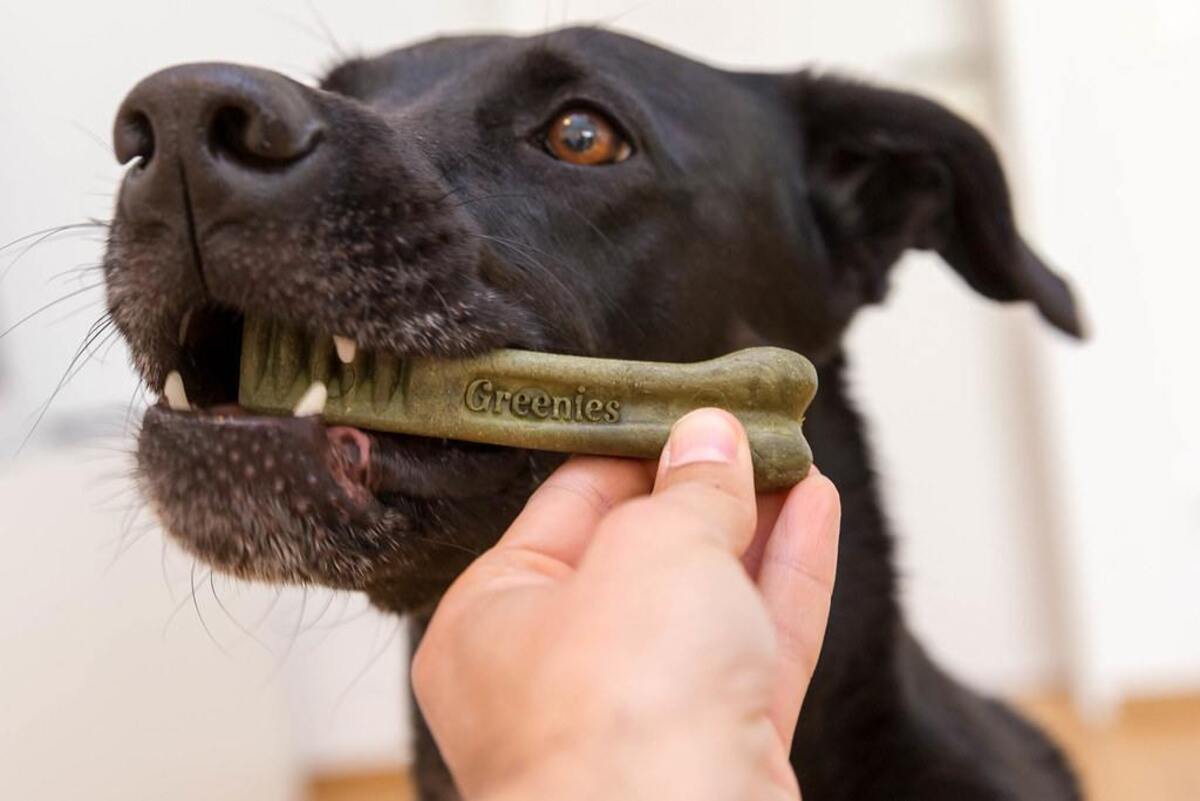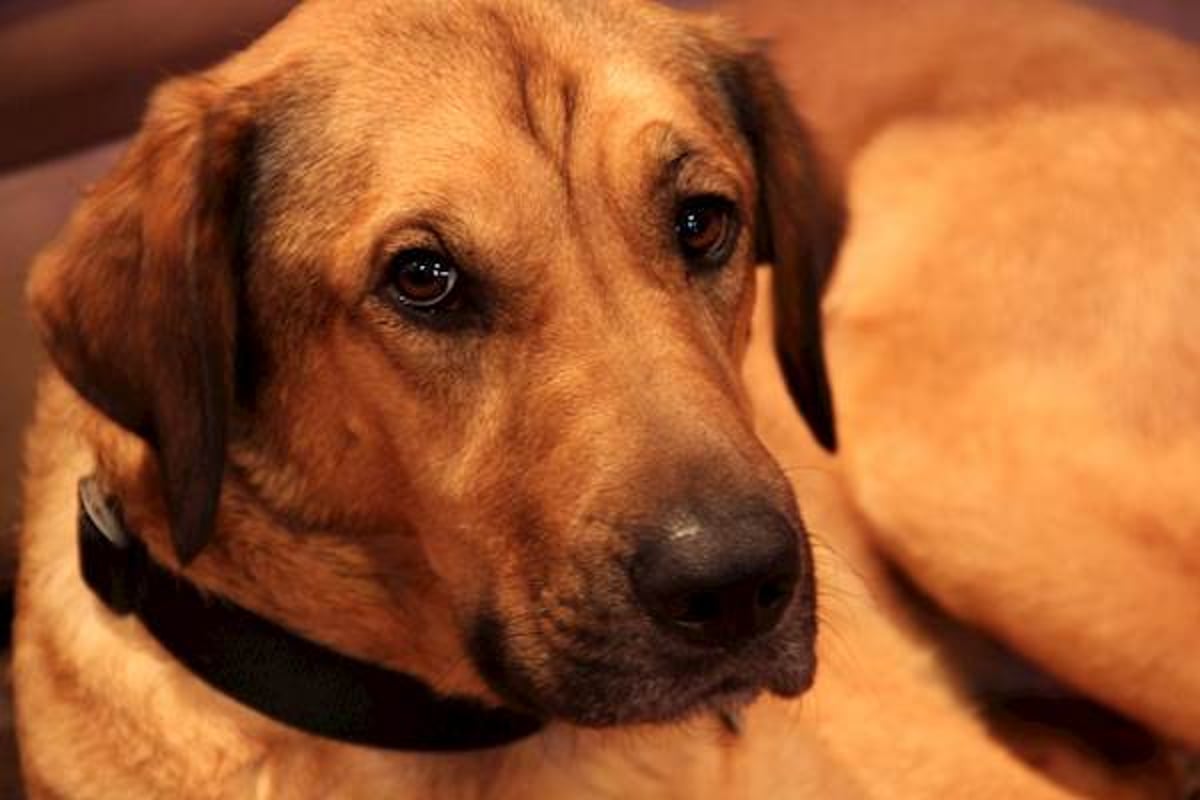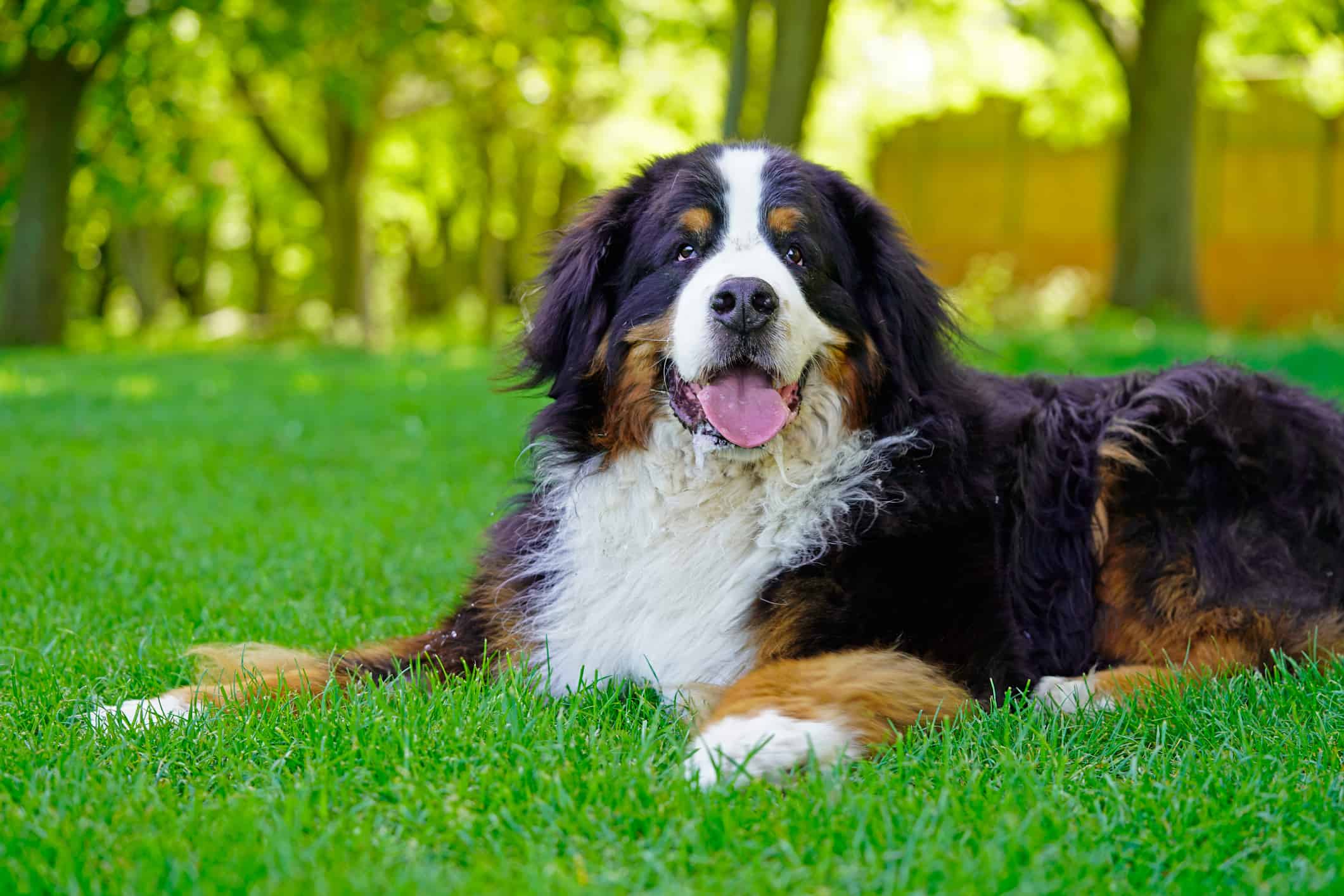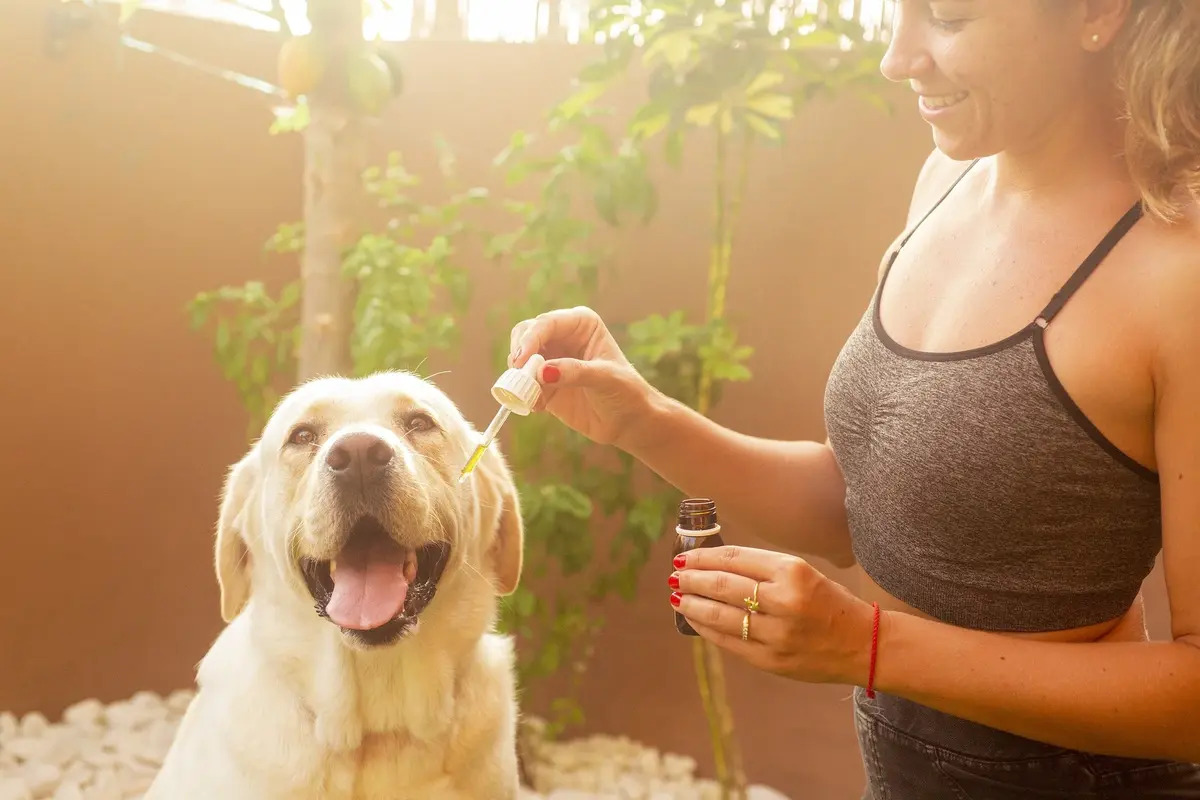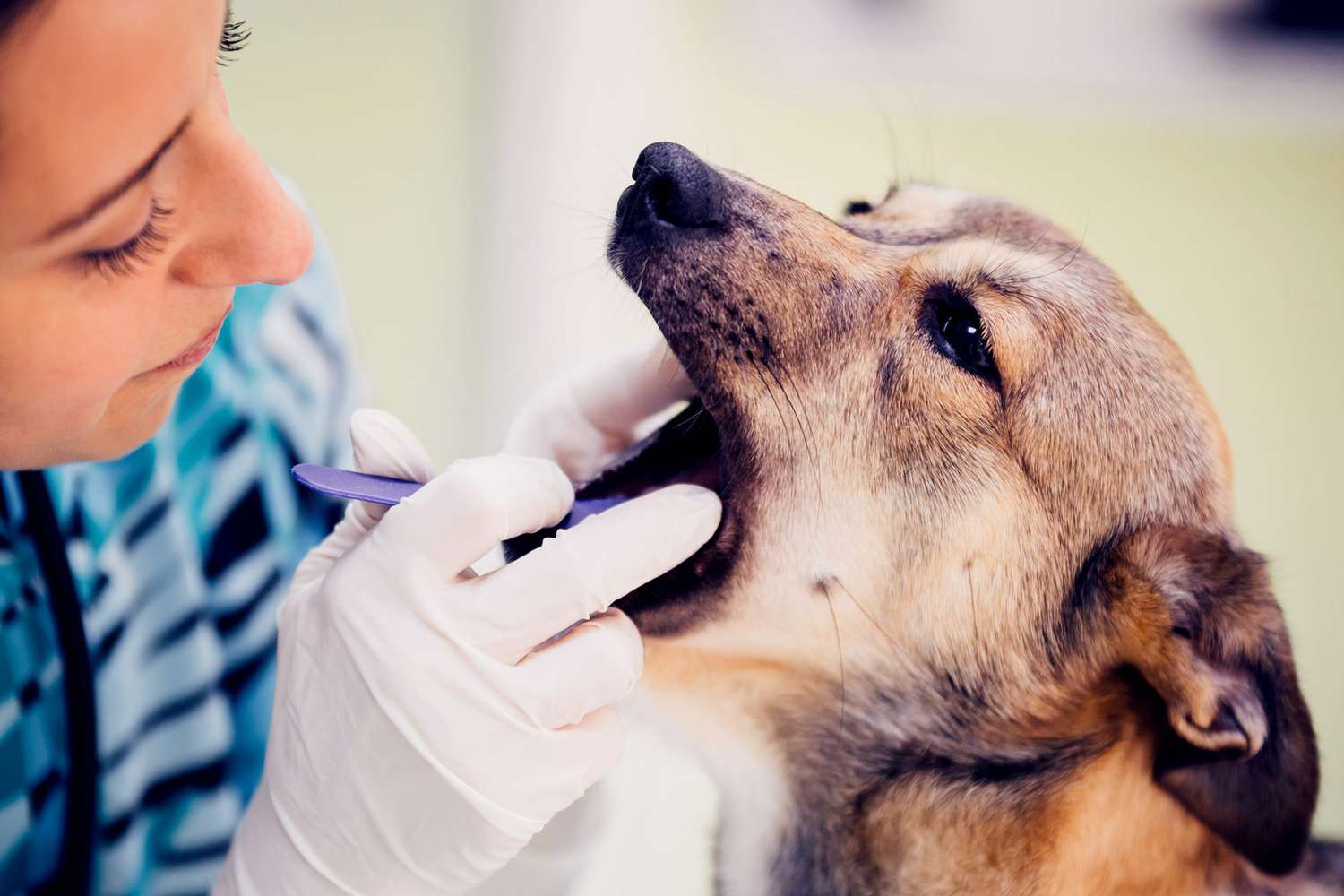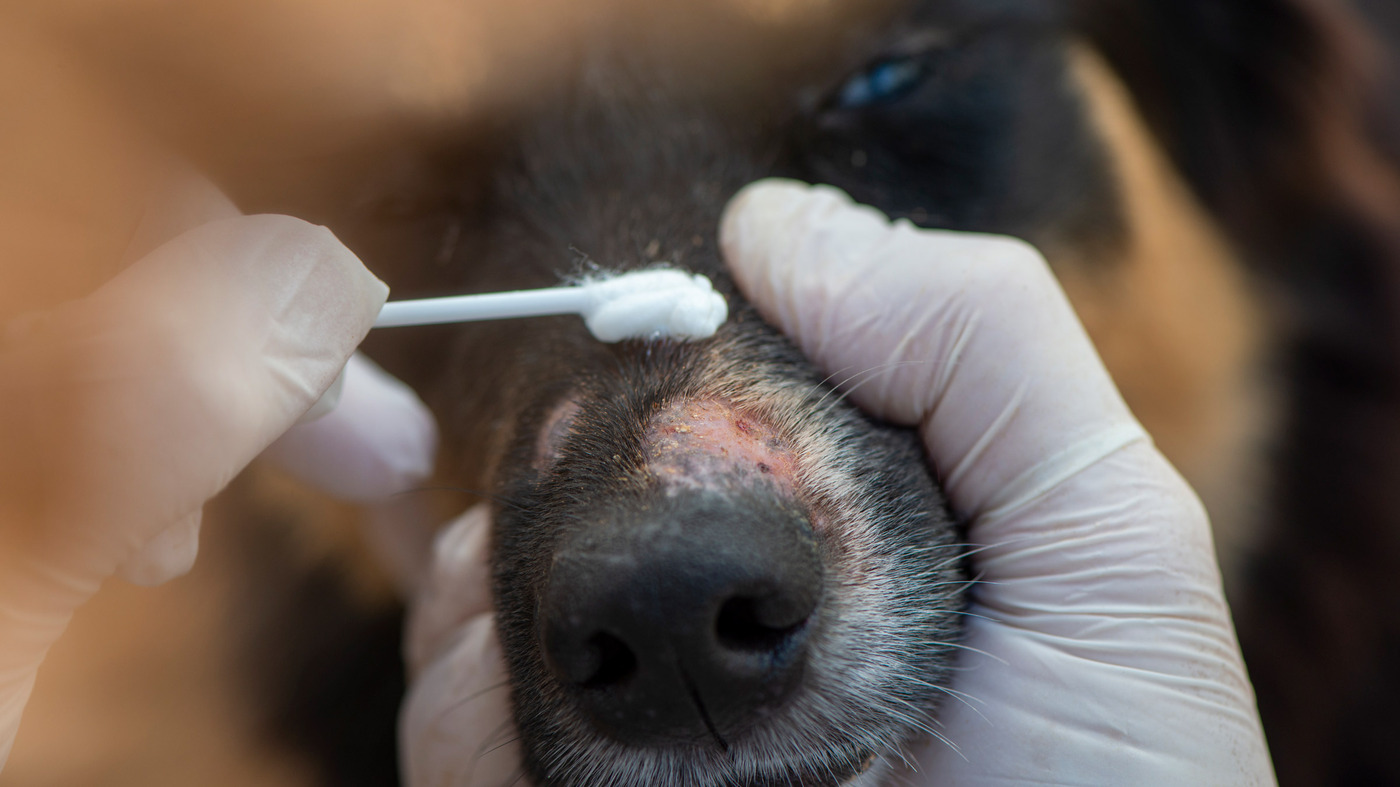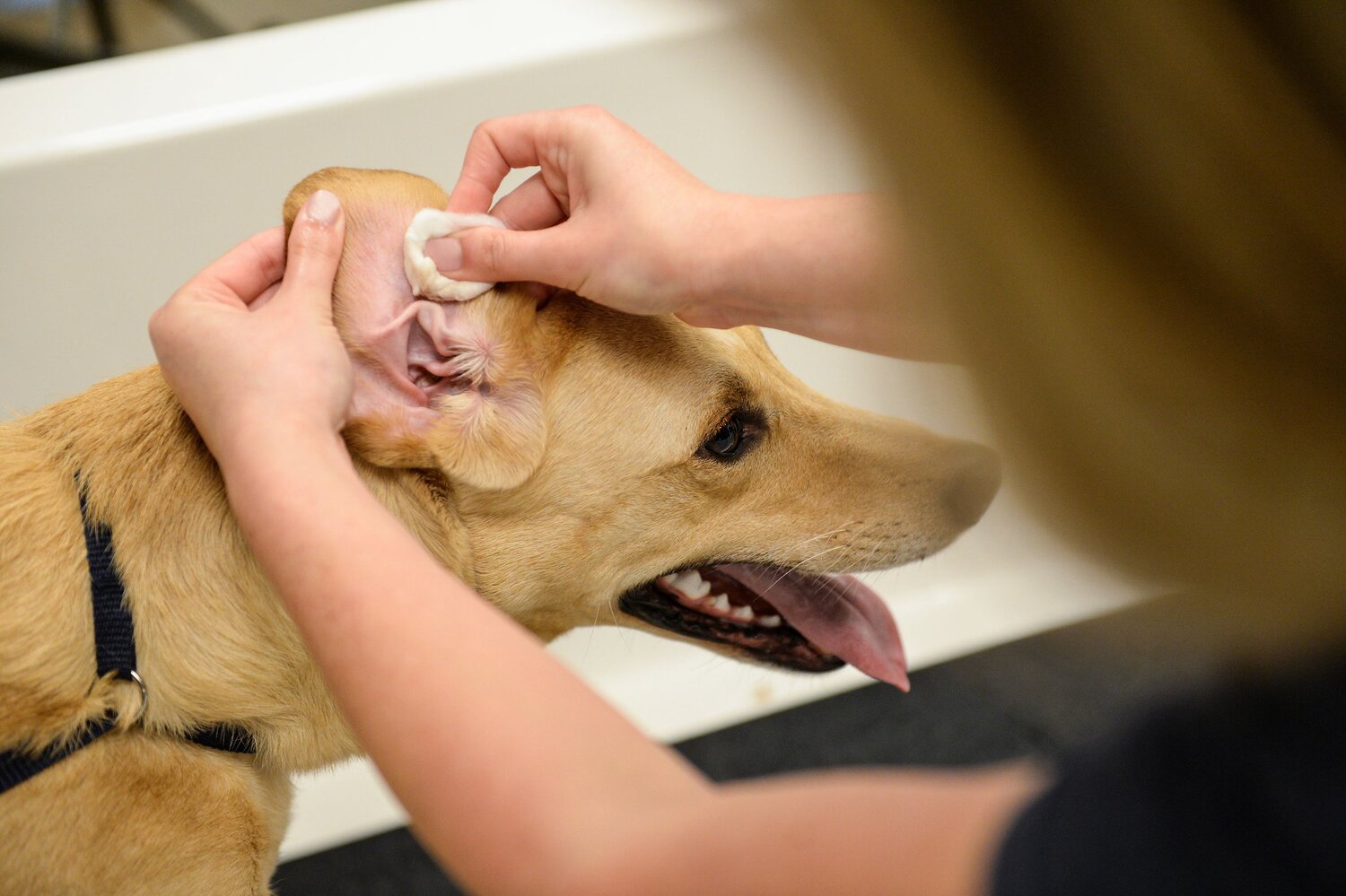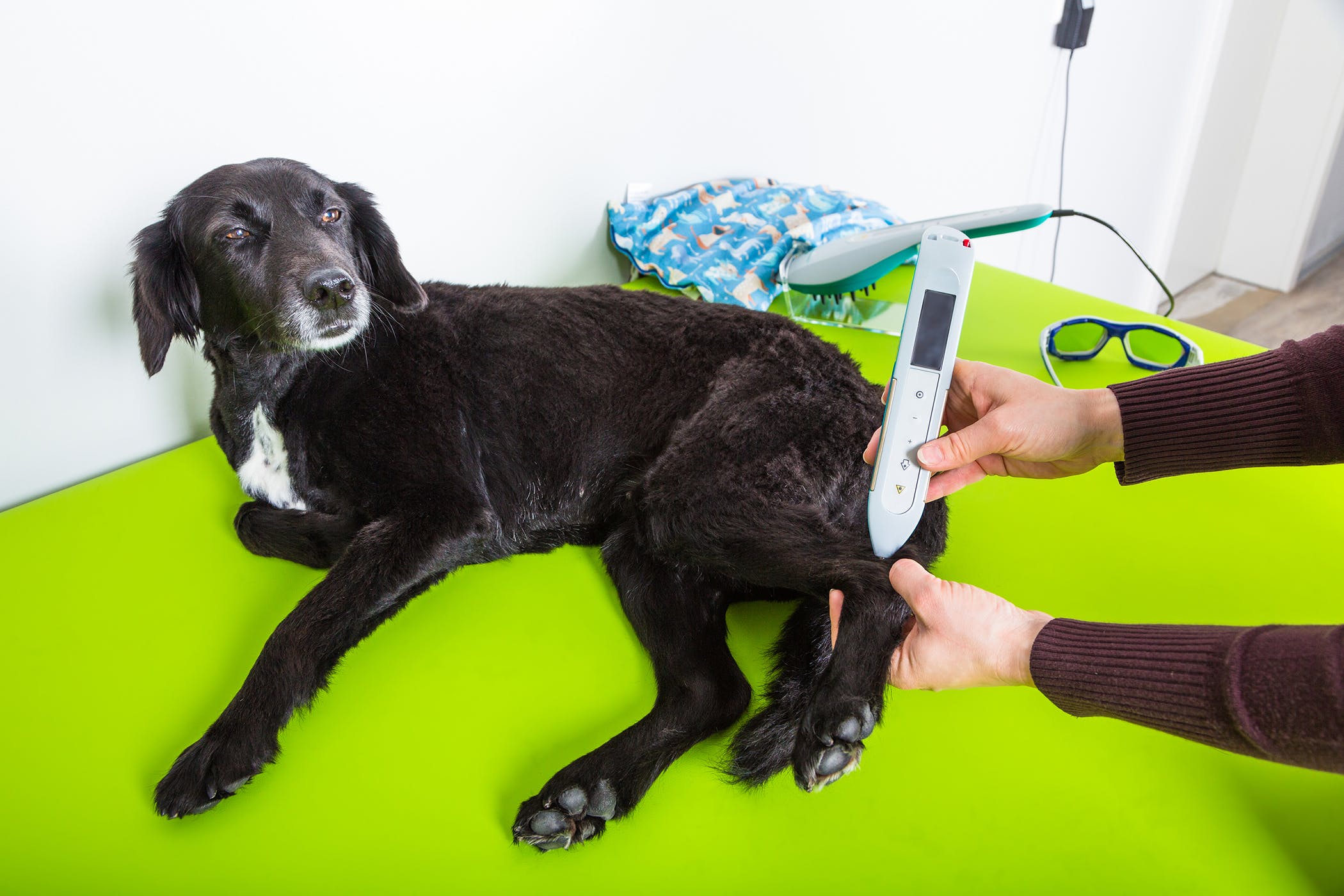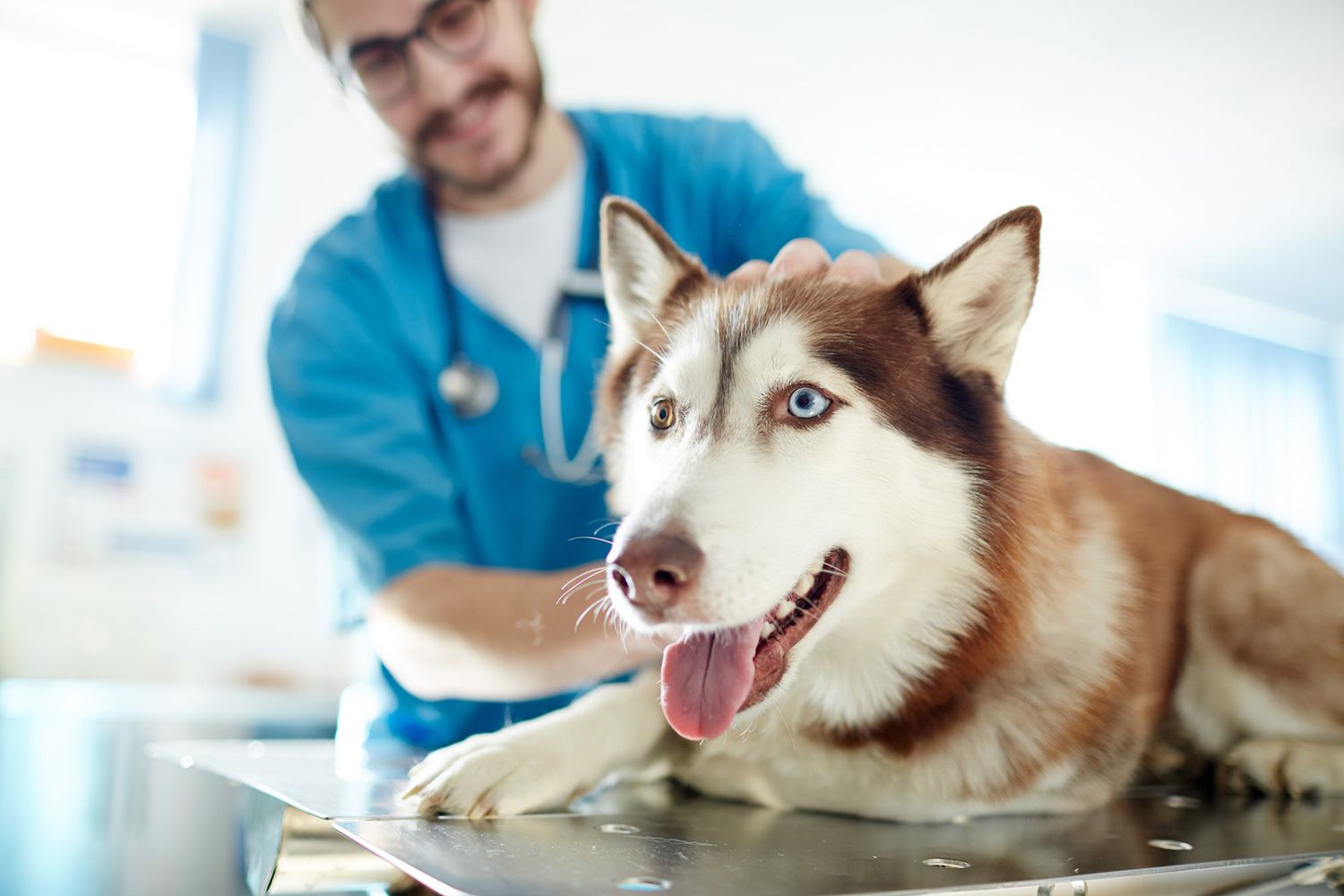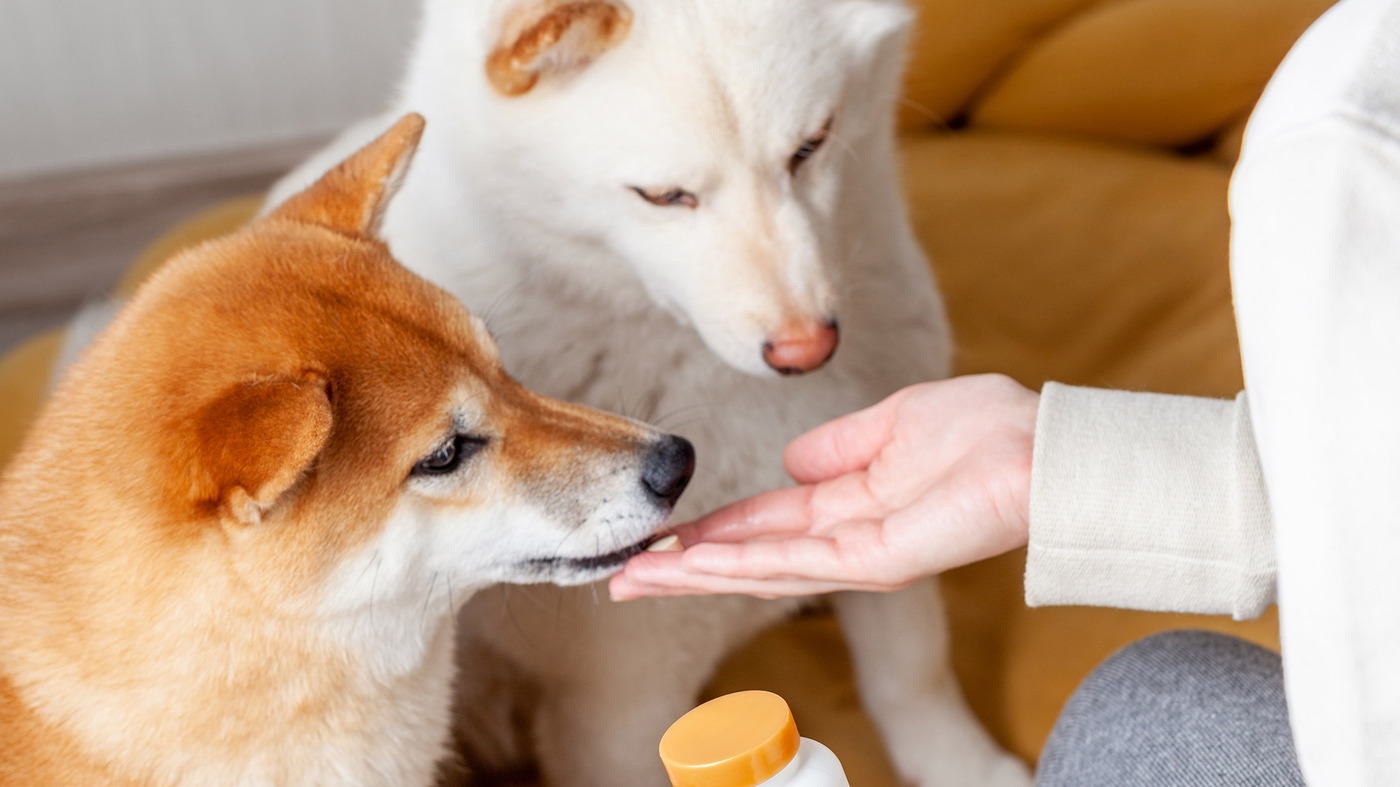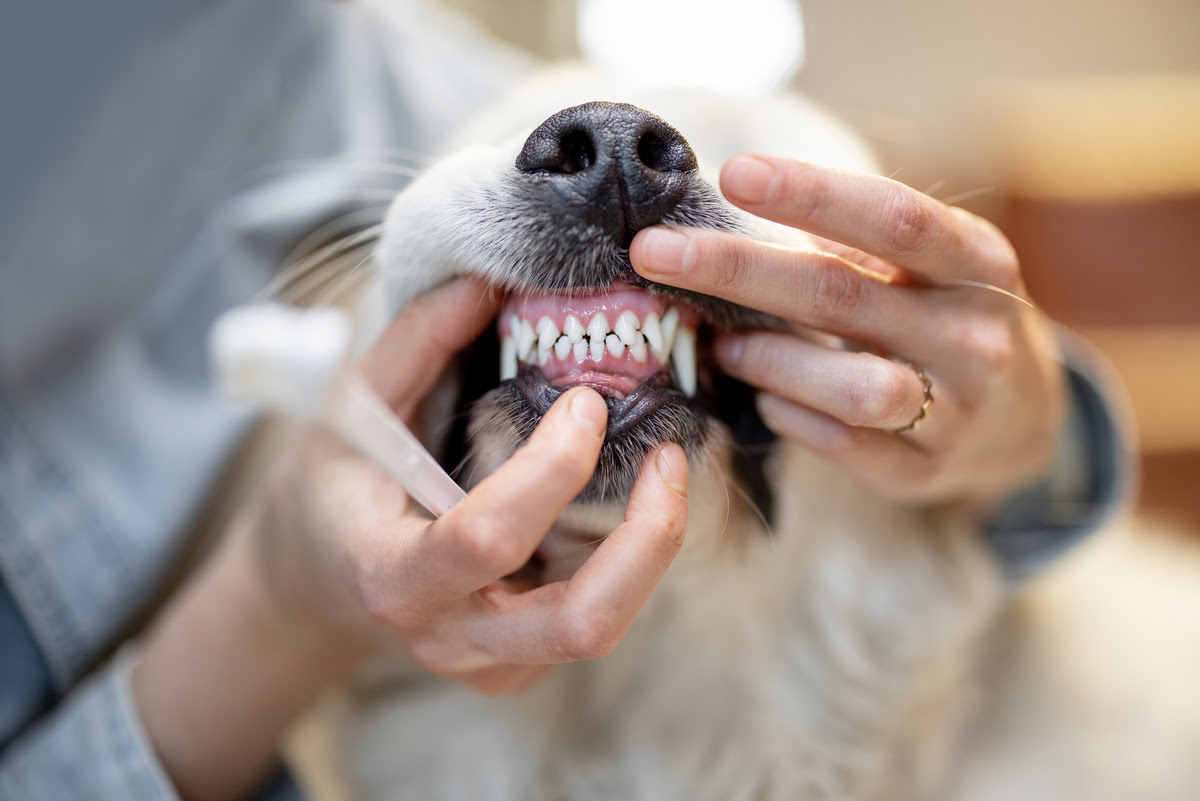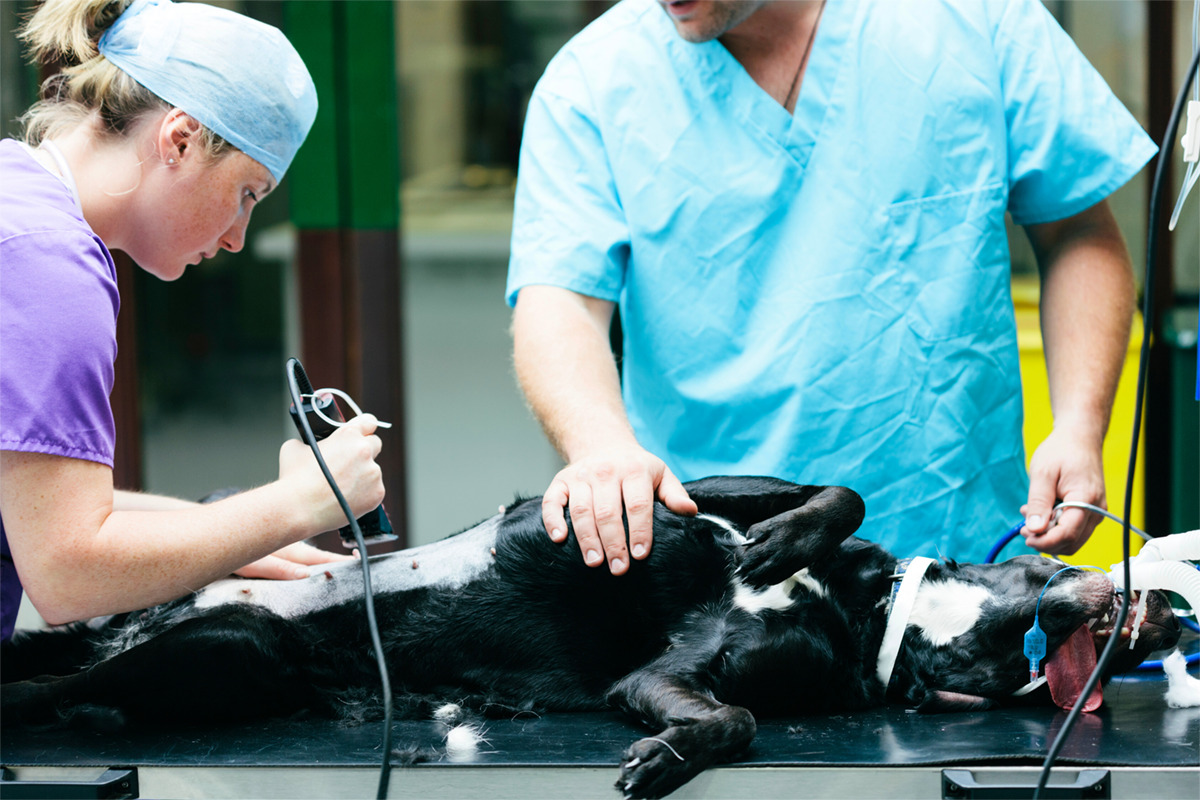Home>Health & Wellness>Common Health Issues>Can A Dental Procedure On A Dog Bring On Tracheal Collapse Symptoms To Which They Are Already Prone?
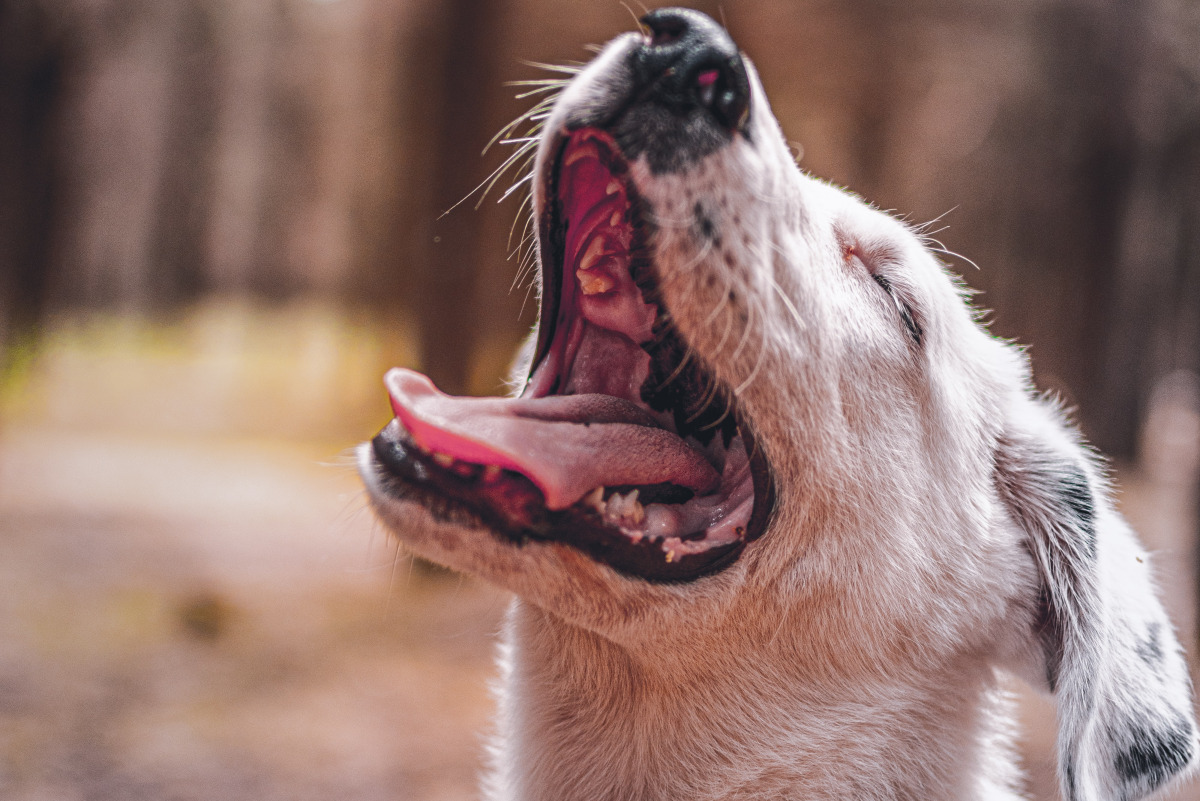

Common Health Issues
Can A Dental Procedure On A Dog Bring On Tracheal Collapse Symptoms To Which They Are Already Prone?
Modified: February 21, 2024
Learn about common health issues in dogs and whether dental procedures can exacerbate tracheal collapse symptoms, a condition they are prone to. Understand the potential risks and how to care for your dog's health.
(Many of the links in this article redirect to a specific reviewed product. Your purchase of these products through affiliate links helps to generate commission for Pawsomeoldies.com, at no extra cost. Learn more)
Table of Contents
Introduction
Tracheal collapse is a common health issue that affects many dogs, particularly small breeds such as Chihuahuas, Pomeranians, and Yorkshire Terriers. This condition occurs when the cartilage rings in the trachea weaken, leading to a narrowing of the airway and causing breathing difficulties. As responsible pet owners, it's crucial to be aware of factors that can exacerbate tracheal collapse symptoms in dogs, including the potential impact of dental procedures.
Understanding the nuances of tracheal collapse and its implications for canine health is essential for providing the best possible care for our furry companions. In this article, we will delve into the intricacies of tracheal collapse in dogs, explore the relationship between dental procedures and tracheal collapse symptoms, and consider the associated risks and considerations.
By gaining a comprehensive understanding of these aspects, pet owners can make informed decisions about their dog's dental care and overall well-being. Let's embark on this enlightening journey to unravel the complexities of tracheal collapse and its potential connection to dental procedures in dogs.
Read more: Which Dogs Can Sense Cancer
Understanding Tracheal Collapse in Dogs
Tracheal collapse is a distressing respiratory condition that commonly affects small breed dogs, characterized by a weakening of the cartilage rings in the trachea. These cartilage rings are essential for maintaining the structure and integrity of the trachea, allowing for the smooth passage of air into the lungs. When these rings weaken, the trachea loses its rigidity and may collapse, leading to a range of respiratory issues.
The condition is particularly prevalent in toy and small breed dogs, including Chihuahuas, Pomeranians, and Yorkshire Terriers. While the exact cause of tracheal collapse is not always clear, it is believed to be influenced by a combination of genetic predisposition, environmental factors, and other health conditions. Additionally, obesity, respiratory infections, and irritants such as cigarette smoke can exacerbate tracheal collapse symptoms in susceptible dogs.
The most common symptoms of tracheal collapse in dogs include a honking cough, labored breathing, wheezing, and exercise intolerance. These signs may worsen during excitement, physical activity, or exposure to irritants. As the condition progresses, affected dogs may experience respiratory distress, cyanosis (bluish discoloration of the mucous membranes), and even fainting episodes.
Diagnosing tracheal collapse typically involves a thorough physical examination, including listening to the dog's breathing and evaluating their overall respiratory function. X-rays and specialized imaging techniques may also be employed to visualize the trachea and assess the extent of collapse. Additionally, bronchoscopy, a procedure that involves inserting a small camera into the trachea, can provide valuable insights into the condition.
Treatment for tracheal collapse in dogs aims to alleviate symptoms and improve respiratory function. This may involve weight management to reduce strain on the airways, the use of cough suppressants, bronchodilators, and in severe cases, surgical intervention to provide structural support to the trachea. Additionally, environmental modifications, such as minimizing exposure to respiratory irritants, can help manage the condition and enhance the dog's quality of life.
Understanding the complexities of tracheal collapse in dogs is crucial for pet owners, as it enables them to recognize potential symptoms, seek timely veterinary care, and implement strategies to support their dog's respiratory health. By being proactive and well-informed, pet owners can play a pivotal role in managing tracheal collapse and ensuring the well-being of their beloved canine companions.
Dental Procedures and Tracheal Collapse
When considering the potential impact of dental procedures on dogs prone to tracheal collapse, it's essential to approach the matter with a discerning eye. Dental procedures, particularly those requiring general anesthesia, can pose challenges for dogs with preexisting respiratory conditions such as tracheal collapse. The administration of anesthesia, along with the positioning of the dog during the procedure, can affect their respiratory function and potentially exacerbate tracheal collapse symptoms.
General anesthesia is commonly used in veterinary dental procedures to ensure the comfort and safety of the dog during the treatment. However, the use of anesthesia introduces inherent risks, especially for dogs with compromised respiratory function. The effects of anesthesia on respiratory drive and airway patency can be particularly concerning for dogs with tracheal collapse, as any compromise in breathing efficiency can lead to heightened respiratory distress.
Furthermore, the positioning of the dog during dental procedures, especially when under anesthesia, can impact their respiratory dynamics. Dogs with tracheal collapse may be more susceptible to airway compression and increased respiratory effort when placed in certain positions, potentially leading to a worsening of symptoms. Additionally, the stress and excitement associated with the dental visit can further strain the dog's respiratory system, potentially triggering or intensifying tracheal collapse-related symptoms.
It's important for pet owners and veterinary professionals to collaborate closely when considering dental procedures for dogs prone to tracheal collapse. Prior to any dental intervention, a comprehensive assessment of the dog's respiratory health, including an evaluation of tracheal collapse symptoms, is crucial. This assessment can help determine the suitability of the dog for the procedure and guide the development of a tailored anesthetic and positioning plan to minimize potential risks.
In some cases, alternative approaches to dental care, such as non-anesthetic dental cleanings or minimally invasive techniques, may be considered to mitigate the potential impact on the dog's respiratory function. These alternatives can offer a gentler approach to dental care for dogs with tracheal collapse, reducing the need for general anesthesia and minimizing the associated respiratory challenges.
Ultimately, the decision to proceed with dental procedures for dogs prone to tracheal collapse requires careful consideration of the potential risks and benefits. By prioritizing the dog's respiratory well-being and working in tandem with veterinary professionals to tailor an appropriate care plan, pet owners can navigate the complexities of dental care while safeguarding the respiratory health of their canine companions.
Risks and Considerations
When contemplating dental procedures for dogs prone to tracheal collapse, it is imperative to meticulously assess the associated risks and considerations. The intersection of dental care and respiratory health in these canine companions necessitates a thoughtful approach to mitigate potential complications and prioritize their well-being.
One of the primary risks associated with dental procedures in dogs with tracheal collapse pertains to the administration of general anesthesia. While anesthesia is commonly employed to facilitate dental treatments, its effects on respiratory function can pose significant challenges for dogs with compromised airways. The use of anesthesia can impact respiratory drive, airway patency, and overall respiratory dynamics, potentially exacerbating tracheal collapse symptoms and leading to heightened respiratory distress.
Furthermore, the positioning of the dog during dental procedures, particularly under anesthesia, warrants careful consideration. Dogs with tracheal collapse may be more susceptible to airway compression and increased respiratory effort in certain positions, potentially exacerbating their respiratory challenges. The stress and excitement associated with the dental visit can further strain the dog's respiratory system, potentially triggering or intensifying tracheal collapse-related symptoms.
In addition to the immediate risks posed by anesthesia and positioning, the long-term implications of dental procedures on the overall respiratory health of dogs with tracheal collapse must be taken into account. The potential for post-operative respiratory complications, including prolonged recovery from anesthesia and exacerbation of tracheal collapse symptoms, underscores the need for thorough pre-operative assessment and vigilant post-operative monitoring.
Considering these risks, it is essential for pet owners and veterinary professionals to engage in open and transparent communication regarding the potential implications of dental procedures for dogs prone to tracheal collapse. A collaborative approach, involving a comprehensive evaluation of the dog's respiratory health and a tailored anesthetic and positioning plan, is crucial to minimize potential risks and ensure the dog's safety and well-being.
Moreover, exploring alternative approaches to dental care, such as non-anesthetic dental cleanings or minimally invasive techniques, can offer viable options to address the dental needs of dogs with tracheal collapse while minimizing the inherent respiratory risks associated with general anesthesia.
By conscientiously weighing these risks and considerations, pet owners and veterinary professionals can make informed decisions regarding dental procedures for dogs prone to tracheal collapse, thereby safeguarding the respiratory health and overall welfare of these beloved canine companions.
Conclusion
In conclusion, the intricate interplay between dental procedures and tracheal collapse in dogs underscores the importance of a nuanced and cautious approach to safeguard the respiratory health of our beloved canine companions. Tracheal collapse, a prevalent respiratory condition in small breed dogs, presents unique challenges when considering dental interventions, particularly those involving general anesthesia. The potential impact of anesthesia, positioning during procedures, and the associated respiratory risks necessitates a thorough evaluation of the dog's respiratory health and a tailored approach to minimize potential complications.
As responsible pet owners, it is paramount to prioritize the well-being of our dogs, especially those prone to tracheal collapse. Collaborating closely with veterinary professionals to assess the risks and benefits of dental procedures, exploring alternative approaches to dental care, and maintaining open communication are pivotal in making informed decisions that align with the dog's respiratory needs.
By embracing a holistic perspective that integrates dental care and respiratory health, we can navigate the complexities of tracheal collapse and dental interventions with a heightened sense of awareness and consideration. This approach empowers us to advocate for the best possible care for our furry companions, ensuring that their respiratory well-being remains a top priority in all aspects of their healthcare journey.
In essence, the convergence of dental procedures and tracheal collapse in dogs underscores the need for a conscientious and individualized approach that respects the unique respiratory challenges faced by these canine companions. By embracing this approach, we can uphold the highest standards of care and prioritize the respiratory health and overall well-being of our cherished dogs, fostering a harmonious balance between dental interventions and respiratory considerations.

